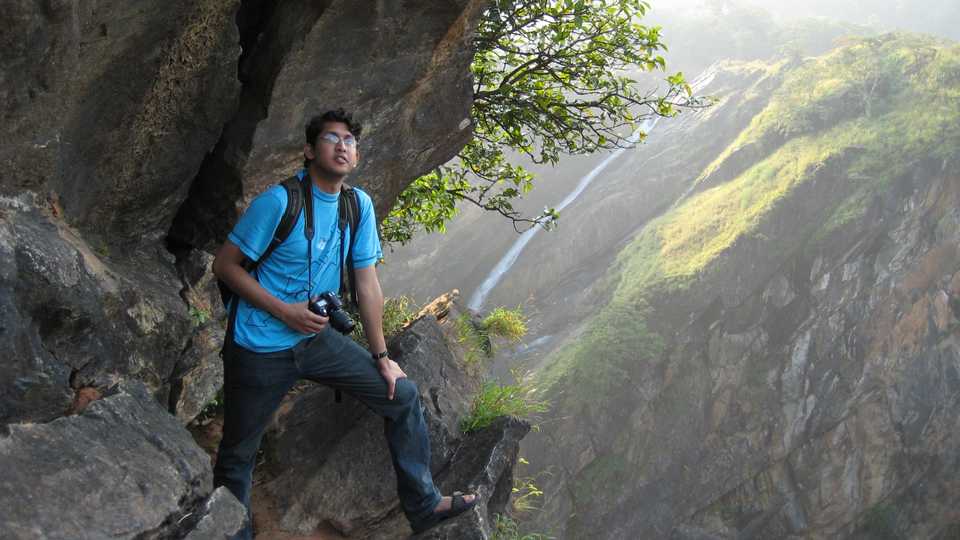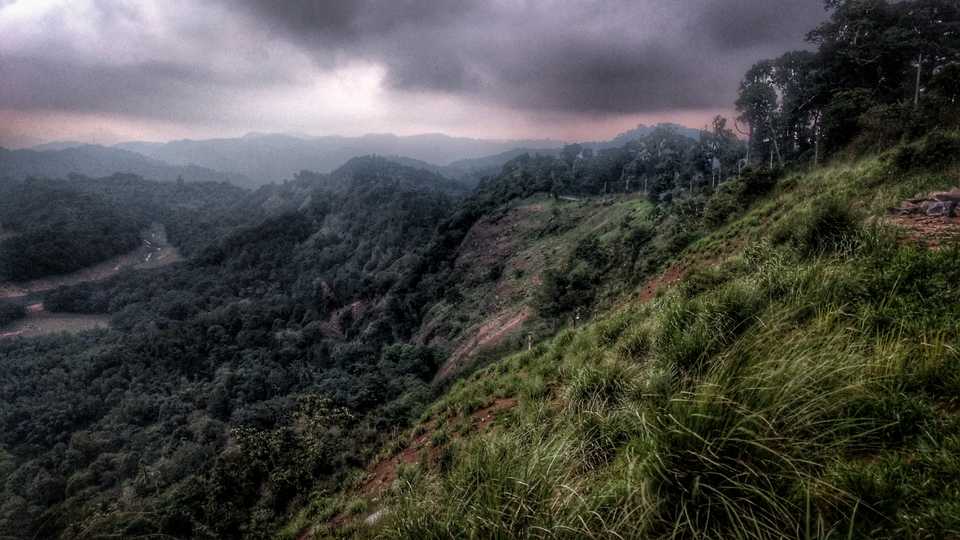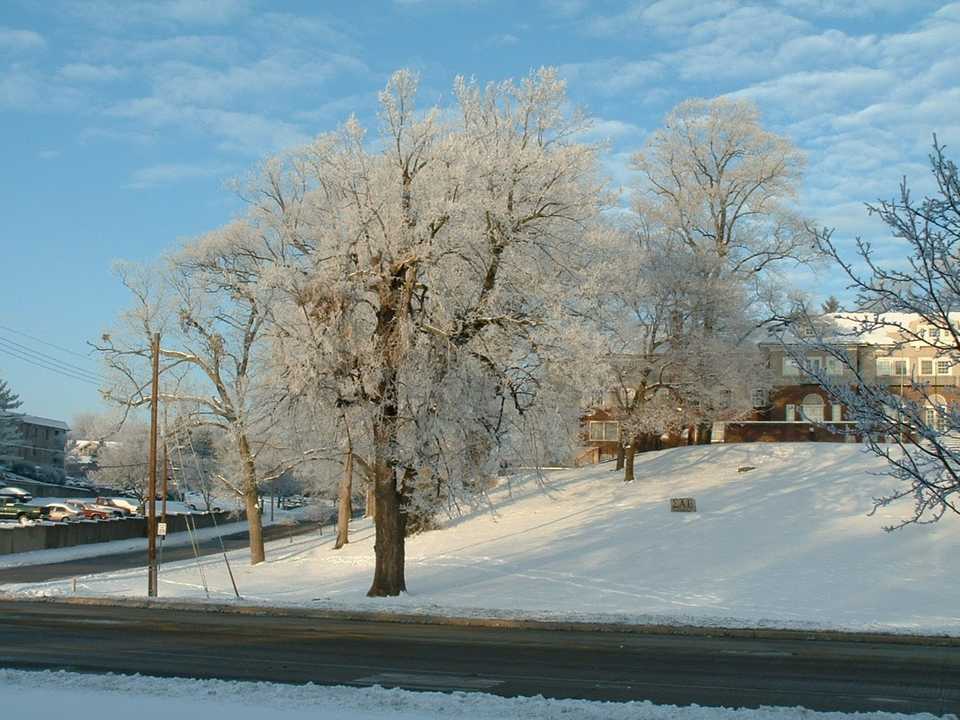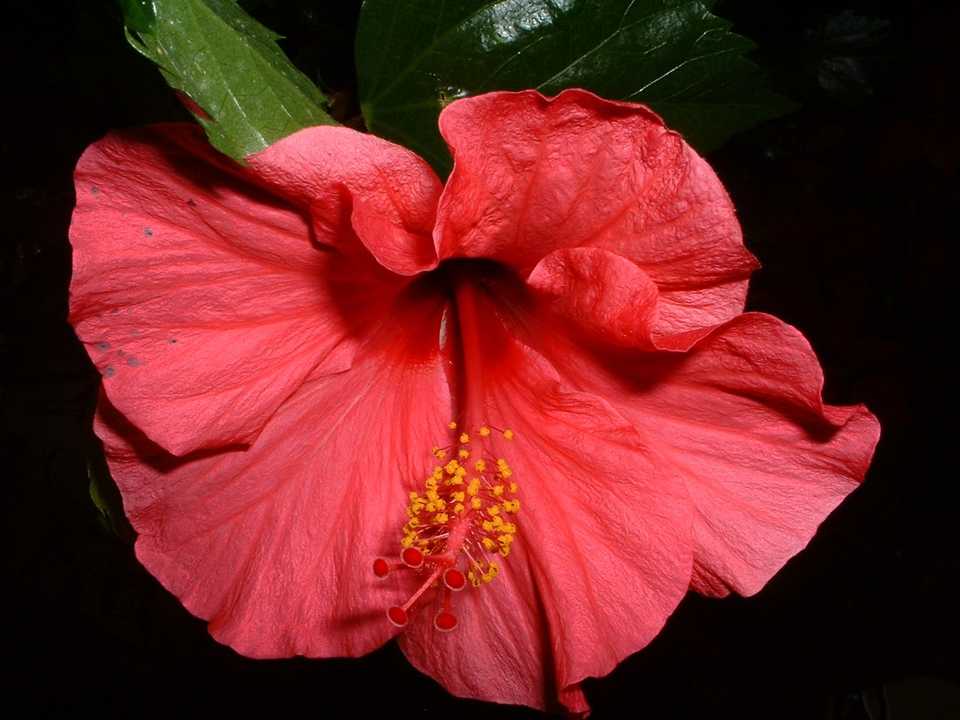“Photography is an indulgent hobby!” I remember telling a friend in college. She smiled. Then she turned to her camera, peered into her viewfinder and clicked another picture. Soon, some others from our group caught up with us and we continued onwards in one of our hikes in Maharashtra’s Western Ghats. It was a strange thing to say given the lush green vegetation covering the beautiful mountains around us, with every angle offering an arresting view. I had meant to say that photography seemed to consume money, time and attention which could perhaps be better utilised towards other causes. My friend probably did not agree, but I think she got what I was trying to say. Anyway, I had my due reasons to think that way, having had a pretty disastrous relationship with photography up until that time.
For years, when I was at school, I didn’t know if we even had a camera or not. Then during one vacation I discovered we had one — a pretty basic film camera which took decent pictures, but you had to be careful not to expose the film while loading or unloading. While handling it as a hyper-active 4th grader, I accidentally managed to open the back door, thus exposing the film to bright afternoon sunlight. Being too timid to admit I had done so, I just closed it right back. Later when we sent the films in for developing, the studio told us that all the pictures were washed out, since the film seemed to have been exposed to light. Then there was that one time when I had enthusiastically grabbed hold of the camera and clicked about a dozen inspired pictures, without removing the lens cover. This time a third of the photos were just black, and more disappointingly for me, my photographic efforts had been all to waste. I decided then that I was going to maintain a safe distance from photography.
I continued with this arrangement through all of school and even into college. I never reached out for the camera or offered to take a picture of someone else. On the occasions that I was entrusted to take someone’s picture, I was extra-careful that the lens cover was off, the film compartment was shut tight, no one’s head or feet were being cropped and I was especially determined not to shake the camera at the point of clicking it. Then I was just glad that the results would only be available much later when they sent the film for printing. Even after finishing college and starting graduate school, it wasn’t me but my flat mate who purchased a camera. But once it was there, I felt a bit more warmed up to photography. We shared the expenses for buying film and then later for printing, and by using his camera, I found that I didn’t have the worst pair of hands to have ever held one.
But it was really when I saw a digital camera in action that I managed to shed my reservations about photography. It was a Fuji FinePix camera with a resolution of, a then whopping, 2 megapixels. My favourite feature was that you could select which photos you wanted to print, and you could delete forever the ones you don’t like as though they had never been taken. It had compartments too, but I found that sliding in the batteries or the memory card was much less fiddly as compared to handling film. I was hooked. I started clicking and then deleting. Then I started clicking and swiping past. Then I started clicking and stopped worrying. It was a remarkably swift journey into what was then called the digital waiting room where digital images waited for an arbitrary length of time before someone deigned to print them. Now, of course, we seldom bother. Viewing pictures on a screen is our primary viewing experience now.
Later I became bold enough to look up esoteric terms like ISO, aperture, exposure, depth of field, etc., and I even ended up buying a digital SLR camera, a Nikon D50. At that time, I probably still thought “photography” was an indulgent hobby, but having a DSLR seemed handy since it was just so amazingly quick and accurate at capturing life. It wasn’t until I bought my first smartphone that I wittingly or unwittingly started shedding that final bit of baggage about photography being arty-farty. For a long time, I had my DSLR and I had a somewhat rugged and somewhat good pocket camera. There was no question the DSLR was better but equally there was no question which one could fit in my pocket. From having a great camera for special occasions, my needs were evolving into having a camera for all occasions. Then with my first smartphone, it was amazing — I could click a picture and email it instantaneously. The quality took a few generations to get up to an acceptable level, but there was no denying the transformation that was to come.
I stopped thinking about the distinction between serious photography and casual photography, and just accepted that pictures are now a definite part of our communication vocabulary. But ironically, as the image and video quality of our smartphones has reached astonishingly great levels, photography has yet again started to become something of a niche occupation. If you liken a smartphone to a mass market car, then a DSLR and its accoutrements are more akin to a fire engine or a truck crane. Starting from the casual use-cases, smartphone photography has marched forward annexing panorama, high dynamic range, low light, shallow depth of field and zoom, by means of computational photography and clever camera hardware. As a result, it has left fewer and fewer bastions for DSLRs.
As I think about how I reluctantly but surely became a photographer, a chronicler of life like anyone else who takes pictures, it is such a remarkable transformation in such a short time. Photographers used to be special people who had the eye and the time, money and ambition. Then it started to get a bit democratised with the advent of compact digital cameras and later digital SLRs which were relatively affordable. The first few generations of smartphones took this democratisation to another level bringing a good camera in the pocket of many an average Joe. But now it is almost hard to buy a smartphone with a bad camera and there is no dearth of chroniclers for nearly every moment and every angle. So what does it mean for photography then?
It is as though there is something for every audience of every size — personal clicks for family and friends, slightly more interesting ones for extended friends and acquaintances, and pictures showcasing your artistry or expression for everyone who could care to see. So, don’t be reluctant. Just click and share!



